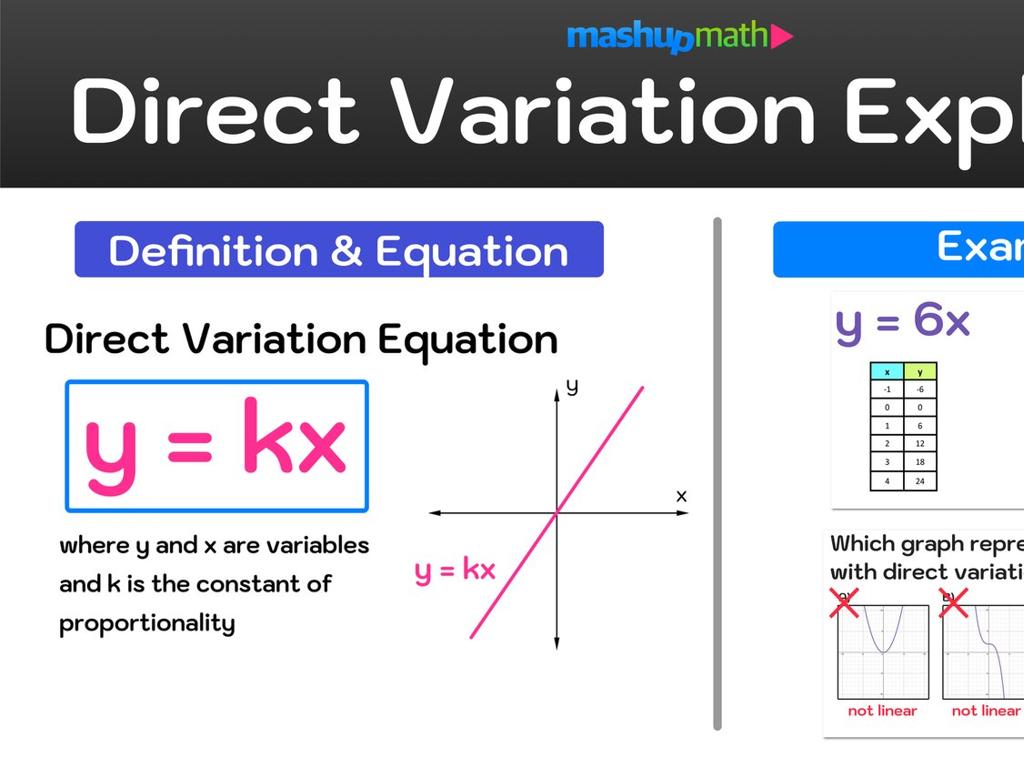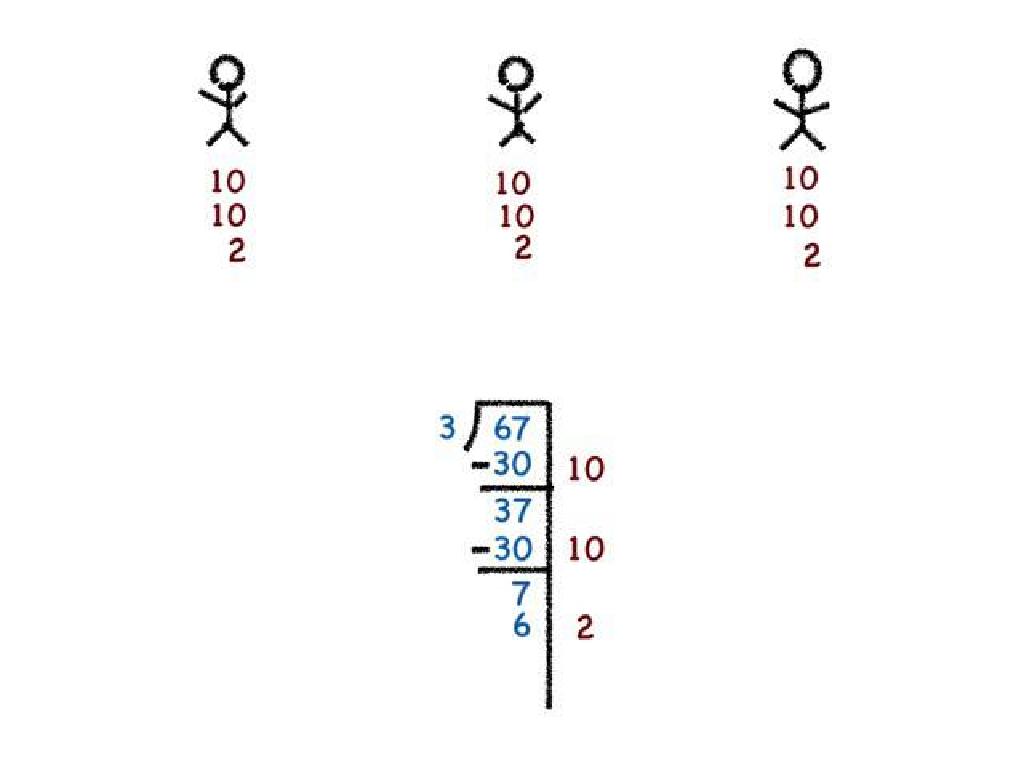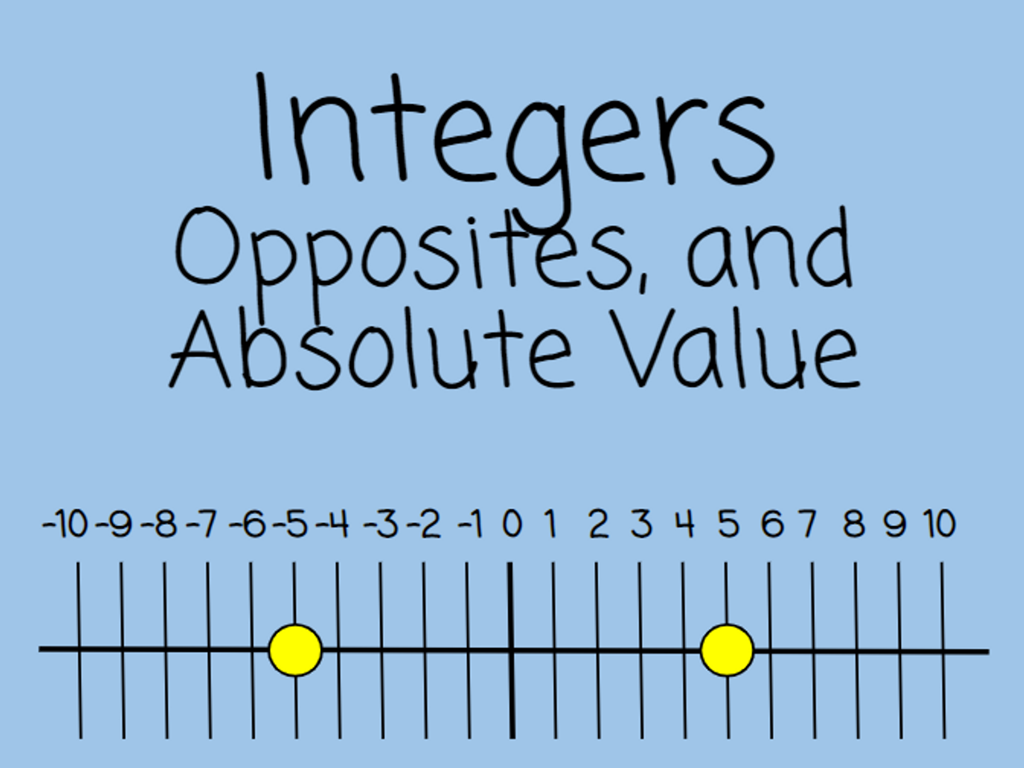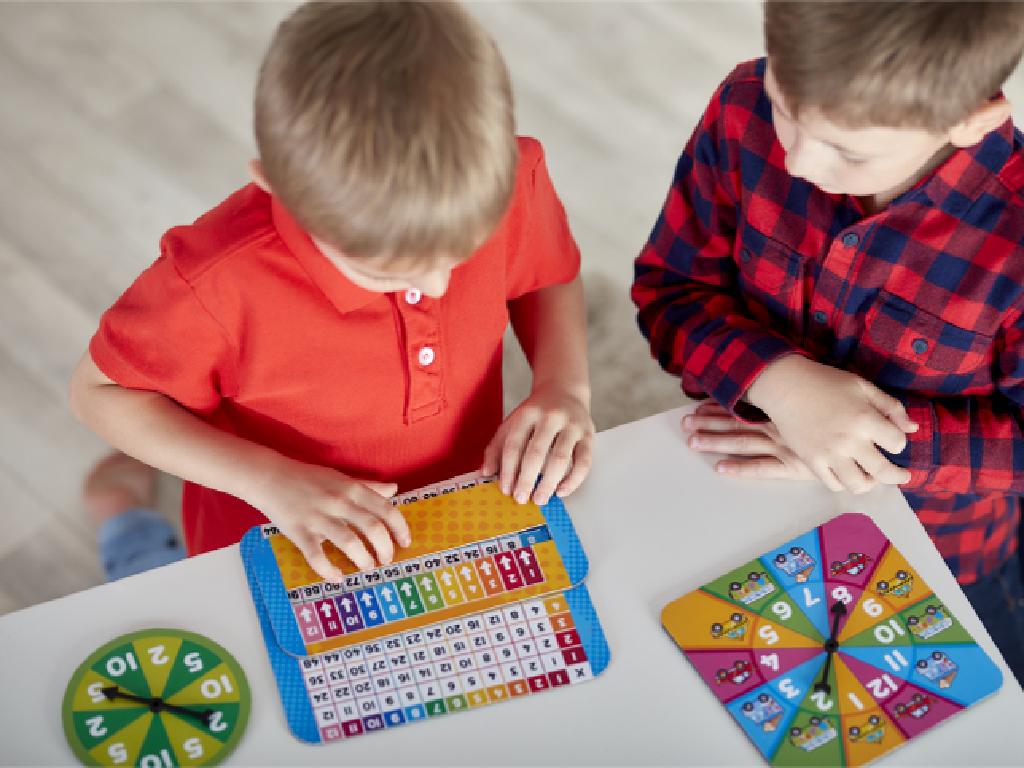Identify Prepositional Phrases
Subject: Language arts
Grade: Fourth grade
Topic: Prepositions
Please LOG IN to download the presentation. Access is available to registered users only.
View More Content
Welcome to Prepositions!
– Understanding prepositions
– Prepositions are words that link nouns or pronouns to other words
– Prepositions connect nouns/pronouns
– They show how nouns or pronouns relate to other parts of a sentence
– Common prepositions: on, in, by
– Examples include ‘on’ (the cat on the mat), ‘in’ (cookies in the jar), ‘by’ (standing by the tree)
– Using prepositions in sentences
– Let’s find prepositions in example sentences and see how they work!
|
This slide introduces the concept of prepositions to fourth-grade students. Prepositions are important words that show the relationship between nouns or pronouns and other words in a sentence. They help to give more detail about where, when, or how something is in relation to something else. Use everyday examples that the students can relate to, such as ‘the book on the desk’ or ‘the dog under the table,’ to illustrate how prepositions function. Encourage the students to think of prepositions as connectors or bridges that link ideas in a sentence. In the next class, we will practice identifying prepositions in sentences and understanding their role in providing context.
Meet the Prepositional Phrase
– Begins with a preposition
– Words like ‘under’, ‘over’, ‘by’
– Ends with a noun or pronoun
– ‘Table’ is the noun in our example
– Adds details to sentences
– Tells us more about actions or things
– Example: ‘The cat under the table’
– ‘Under the table’ tells us where the cat is
|
Introduce students to the concept of prepositional phrases, which are groups of words starting with a preposition and ending with a noun or pronoun. These phrases function to provide more information about the subject or action in a sentence. Use simple and relatable examples to illustrate how prepositional phrases add context, such as indicating location or time. Encourage students to identify the preposition and the noun or pronoun in each example. Have them practice by finding prepositional phrases in sentences from their favorite books or in classroom posters.
Where Can We Find Prepositional Phrases?
– Prepositional phrases in sentences
– At the beginning of a sentence
– Example: ‘Under the bridge, the river flows.’
– In the middle of a sentence
– Example: ‘The book on the shelf is old.’
– At the end of a sentence
– Example: ‘She read a book during the flight.’
|
This slide aims to show students that prepositional phrases can be located at various places within a sentence. A prepositional phrase starts with a preposition and ends with a noun or pronoun, called the object of the preposition. It’s important to illustrate this with clear examples. At the beginning, a prepositional phrase can set the scene. In the middle, it might add detail to the subject. At the end, it can provide more information about the action. Encourage students to practice by finding prepositional phrases in sentences and determining their position. This will help them understand the flexibility of sentence structure in English.
Let’s Identify Prepositional Phrases!
– Spot the preposition
– Locate the ending noun or pronoun
– Understand the phrase’s role
– Prepositional phrases add detail to sentences
– Example: ‘in the jar’
– ‘The cookies in the jar are for after dinner.’
|
This slide is aimed at helping fourth-grade students recognize and understand prepositional phrases within sentences. Start by explaining that a preposition is a word that shows the relationship between nouns or pronouns and other words in a sentence. Then, guide students to find the noun or pronoun that the preposition is connected to, which marks the end of the prepositional phrase. Emphasize that these phrases provide additional information about time, location, or direction. Use the example ‘in the jar’ to illustrate how the phrase gives us more detail about the location of the cookies. Encourage students to practice with more examples and to share sentences they come up with that include prepositional phrases.
Your Turn: Spot the Prepositional Phrases!
– Sentences with missing phrases
– Fill in the blanks correctly
– Think about where or when things happen in the sentence
– Share your answers aloud
– Learn from classmates’ ideas
– Listening to others can give you new insights
|
This slide is designed for an interactive class activity to reinforce the concept of prepositional phrases. Provide students with sentences where prepositional phrases are omitted and ask them to fill in the blanks with appropriate prepositional phrases. Encourage them to consider the context of the sentence to find clues for the correct phrase. After they have completed the task, have them share their answers with the class to foster a collaborative learning environment. As students share, highlight the importance of prepositional phrases in providing additional details about time, location, or direction in a sentence. Offer praise for correct answers and gently correct any mistakes, ensuring to explain the reasoning behind the correct prepositional phrase choice.
Class Activity: Prepositional Phrase Hunt
– Read a story as a class
– Hunt for prepositional phrases
– Phrases like ‘under the table’, ‘over the rainbow’
– List phrases on the board
– Discuss their role in sentences
– How do they add detail? Why are they important?
|
This interactive class activity is designed to help students identify prepositional phrases within the context of a story. By reading together, students can collaborate and support each other in finding phrases that begin with prepositions and include a noun or pronoun. Once identified, students will list these phrases on the board, providing a visual aid for the entire class. The discussion will focus on understanding how prepositional phrases function to provide additional information about time, location, direction, and more, thereby enriching the sentence structure. Encourage students to explain the meaning added by each phrase and to consider how the sentence would change without it. Possible activities include having different groups find phrases in different paragraphs, or having a competition to see which group can identify the most prepositional phrases.
Conclusion & Homework: Prepositional Phrases
– Excellent work today!
– Homework: Write 5 sentences
– Create sentences with prepositional phrases like ‘under the table’, ‘over the rainbow’, ‘beside the dog’, etc.
– Use various prepositional phrases
– Share your sentences next class
– Practice makes perfect! Get ready to present your sentences to the class.
|
Students have done a great job in today’s lesson on identifying prepositional phrases. For homework, they are tasked to write five original sentences, each incorporating a different prepositional phrase. This will help reinforce their understanding of how prepositional phrases function within a sentence. Encourage creativity and the use of phrases that they might not commonly use. In the next class, be prepared to have a sharing session where students can read their sentences aloud, which will not only help them practice speaking but also allow them to learn from each other’s examples.





